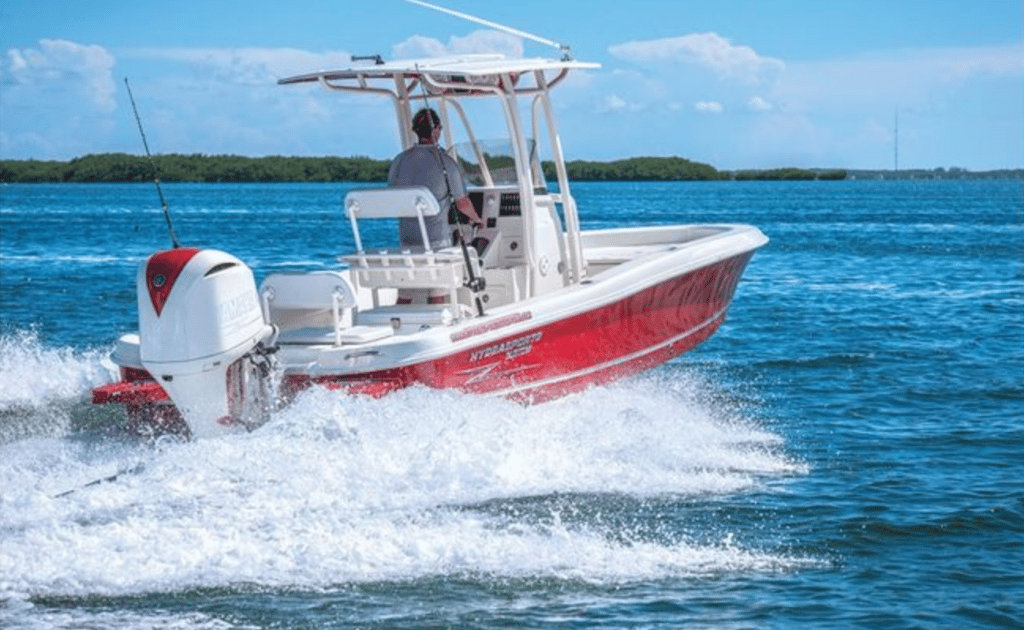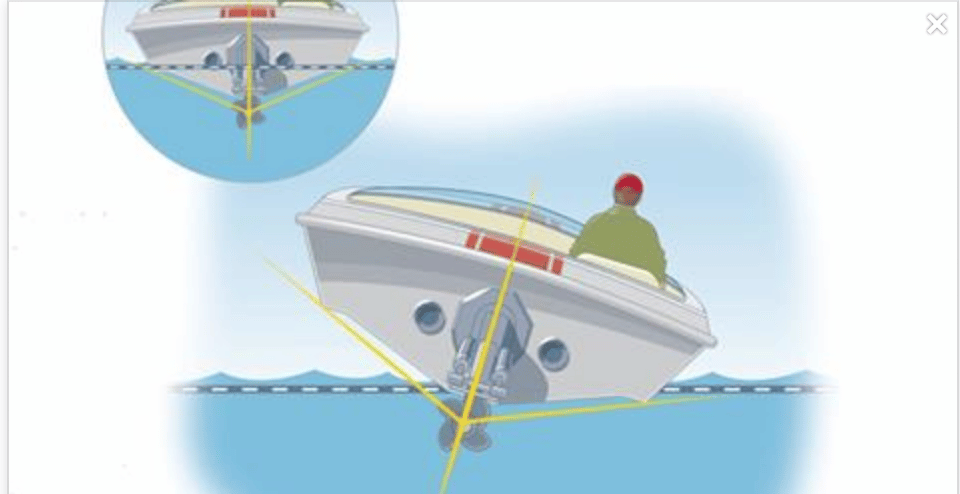You see them and shake your head. The guy with his boat snuggled up against a secluded shoreline, access to which seems blocked by shoals; the woman racing across a flat that looks more like wet sand than water; the couple cutting across a sandbar to avoid the no-wake zone you’re about to endure. How do they do it?

While boaters should never risk destruction of shell beds or grass flats for personal pleasure, there is a time and a place for going shallow, and several techniques for minimizing your boat’s draft. Can’t be done, you say? Read on.
Work With Me, Momma
Local knowledge is your friend when navigating skinny water. How one gets it is the question. Say there’s a beach or cove at which you’d love to picnic, but it appears too shallow to get your boat into. Might be. To find out for sure you have to explore.
Pick a day when the wind is blowing or the current is running off the shoal. That way, as you head into shallows toward the secluded island beach (or try out a new shortcut), you can’t get stuck that hard. Oh, you might polish the rudder or take a little paint from the skeg. But with the forces of nature on your bow, you’ll drift back to the security of deeper water by simply putting the engines in neutral. That’s assuming you proceed slowly enough to ensure your boat doesn’t carry its way for very long after you pull the lever back.

How to Go Slowly
Most boats will make the same nonplaning speed at two different engine speeds. An example might be a stern-drive-powered express cruiser that makes 5 knots at 900 rpm riding nice and level. Bump the throttles to 1,400 rpm and you make the same 5-knot boat speed. But at this higher engine speed, the boat squats by the stern and draws more water. Like six to 10 inches more. Try this on your boat and see for yourself.
Speeding Things Up
Once you’ve found a way in — or through or across — and made a few visits, you’ll find the confidence to run like those crazies you used to shake your head at. After all, a boat’s draft is shallowest when up on plane. You can decrease draft even further by cutting a broad turn into the shallows. With the boat heeled, the drives can’t outboard, buying you a few more inches to work with.
Trained Observer
Naturally you’ll be monitoring a sounder in the shallows. But don’t forget to use your eyes. In clear water you can, and should, look over the side to see the bottom. If the water is turbid, note how the wind and current play on the surface. Rips and riffles generally indicate the bottom is closer to the surface in that spot.
You may also be saving the chart plotter’s track. Don’t forget to use landmarks as well. There’s nothing like a visual in finesse navigation. Don’t expect to find a deep enough route on your first attempt. In fact, don’t expect it at all —there may not be one. This is about discovery. But you may find that backing off and taking another line in is the ticket to a “private” spot.
Apply these techniques and you will not only build an inventory of shortcuts and honey holes, but you’ll also open new facets in the relationship between you, your boat and the water.









